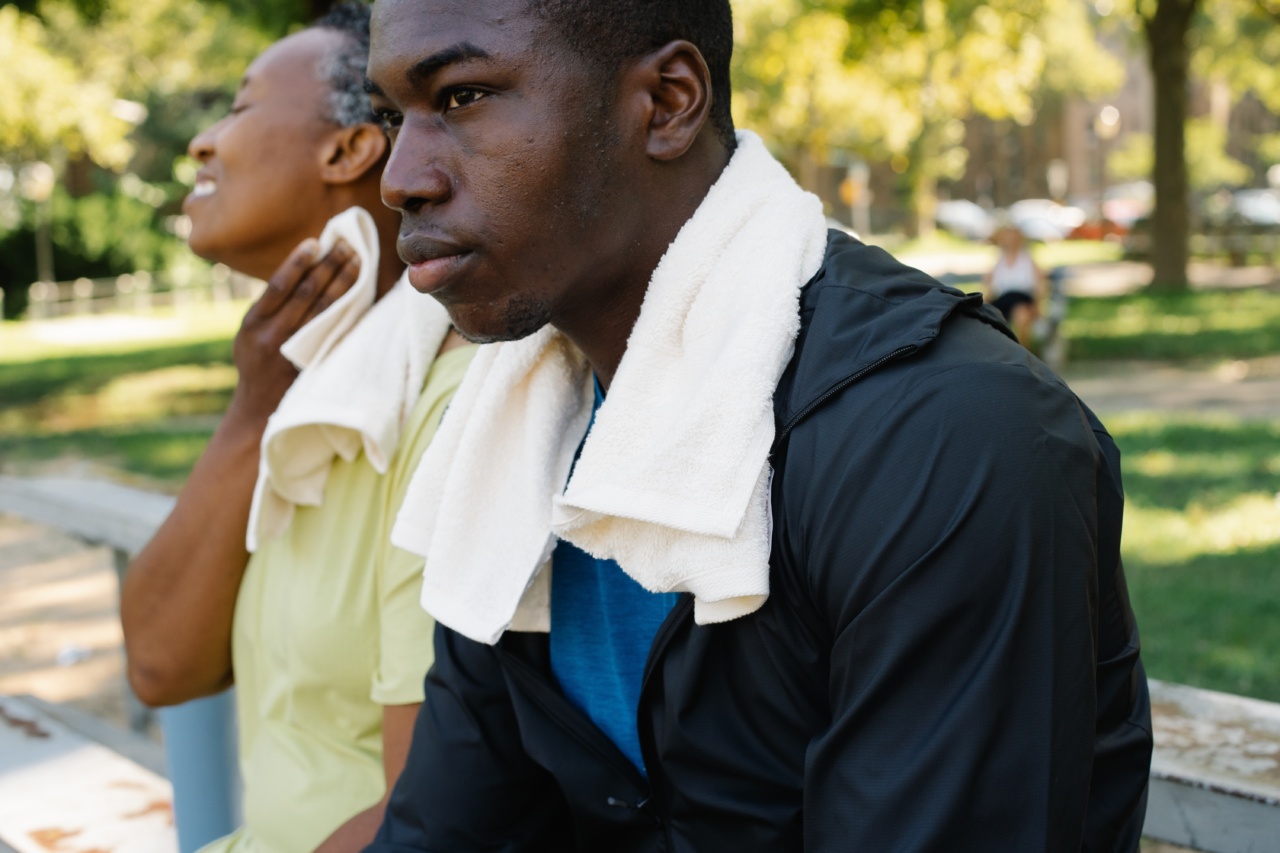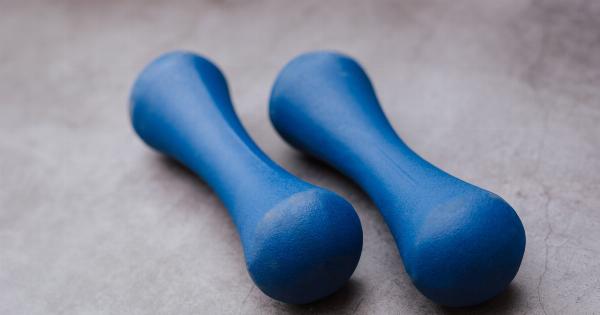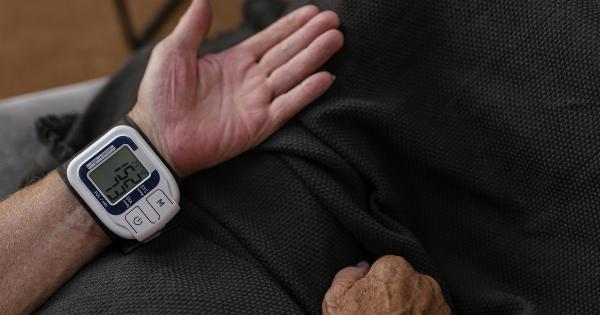When the temperature rises and our bodies start to feel the heat, one of the most common reactions is sweating. Sweating is our body’s natural way of cooling down and maintaining its temperature.
However, along with sweating, there are numerous myths and misconceptions surrounding the topic of heat and sweating. In this article, we will dive into these myths and separate fact from fiction.
Myth 1: Sweating is a sign of being unhealthy
One of the most prevalent myths about sweating is that it is a sign of being unhealthy. This couldn’t be further from the truth. Sweating is a perfectly normal bodily function that helps regulate our body temperature.
It is essential for cooling down during hot weather or periods of physical exertion. In fact, individuals who are physically fit and have a higher level of fitness tend to sweat more efficiently.
Myth 2: Sweating helps you lose weight
Many people believe that sweating excessively can lead to weight loss. While it is true that we lose some water weight through sweating, this weight loss is only temporary. The moment we rehydrate ourselves, the lost weight is quickly regained.
Sweat is primarily made up of water, and any weight loss associated with sweating is due to water loss, not fat loss.
Myth 3: Sweating is solely caused by heat
While heat is a significant factor that triggers sweating, it is not the only cause. There are various reasons why our bodies sweat, including physical activity, anxiety, stress, and even certain medical conditions.
The body’s response to these triggers is to cool down and maintain its core temperature, irrespective of external heat sources.
Myth 4: Sweating excessively is always a cause for concern
Excessive sweating, also known as hyperhidrosis, can be bothersome and embarrassing for those who experience it. However, it does not always indicate an underlying health issue.
Some individuals naturally have overactive sweat glands, leading to increased sweating. It is essential to differentiate between primary hyperhidrosis, which occurs without any identified cause, and secondary hyperhidrosis, which can be caused by medications or medical conditions.
If you are concerned about your sweating patterns, it is best to consult a healthcare professional.
Myth 5: Sweating purges toxins from the body
It is a common misconception that sweating is an effective way to detoxify the body by releasing toxins. While sweating does help eliminate some waste products, such as urea, it is not a significant detoxification method.
Our liver and kidneys primarily handle the detoxification process, and sweating plays a minimal role in this regard. Drinking an adequate amount of water and maintaining a balanced diet are far more effective for supporting the body’s natural detoxification functions.
Myth 6: Sweating excessively leads to dehydration
Although sweating can result in some degree of fluid loss, it does not necessarily lead to dehydration. The body has a remarkable ability to regulate its fluid balance.
When we sweat, the lost fluids are typically replaced by drinking water or consuming other hydrating fluids. However, it is crucial to replenish the lost fluids, especially during prolonged physical activity or exposure to high temperatures, to avoid dehydration.
Myth 7: Sweating only occurs on the skin’s surface
While it may seem like sweat only appears on the surface of our skin, it is produced by sweat glands located beneath the skin’s surface. We have two types of sweat glands: eccrine glands and apocrine glands.
Eccrine glands are distributed throughout the body and produce sweat primarily composed of water and salt, helping to regulate body temperature. Apocrine glands are located in specific areas such as the armpits and produce sweat containing proteins and fatty acids, which can lead to body odor when bacteria on the skin metabolize them.
Myth 8: Sweating can be prevented entirely
As sweating is a natural bodily function, it cannot be prevented entirely. However, certain measures can be taken to manage sweating, especially in situations where it becomes excessive or uncomfortable.
Wearing breathable fabrics, using antiperspirants, avoiding spicy foods or caffeine, and staying hydrated can help minimize excessive sweating.
Myth 9: Sweating is a reliable indicator of fitness level
While it is true that physically fit individuals tend to sweat more efficiently, sweating alone is not a reliable indicator of someone’s fitness level.
Factors such as genetics, weight, and age can influence sweating patterns, making it unfair to judge fitness solely based on how much an individual sweats. Fitness is best measured through overall health, strength, endurance, and cardiovascular fitness.
Myth 10: Sweating less means you are healthier
On the flip side, sweating less does not necessarily mean someone is healthier. As mentioned earlier, sweating is a vital mechanism for regulating body temperature.
Each individual’s sweating patterns can vary widely, influenced by factors beyond health, such as genetics, environment, and lifestyle. It is more important to focus on maintaining a healthy lifestyle, including regular exercise, balanced nutrition, and proper hydration, rather than solely monitoring sweat production.





























